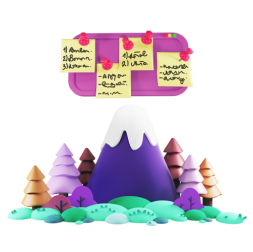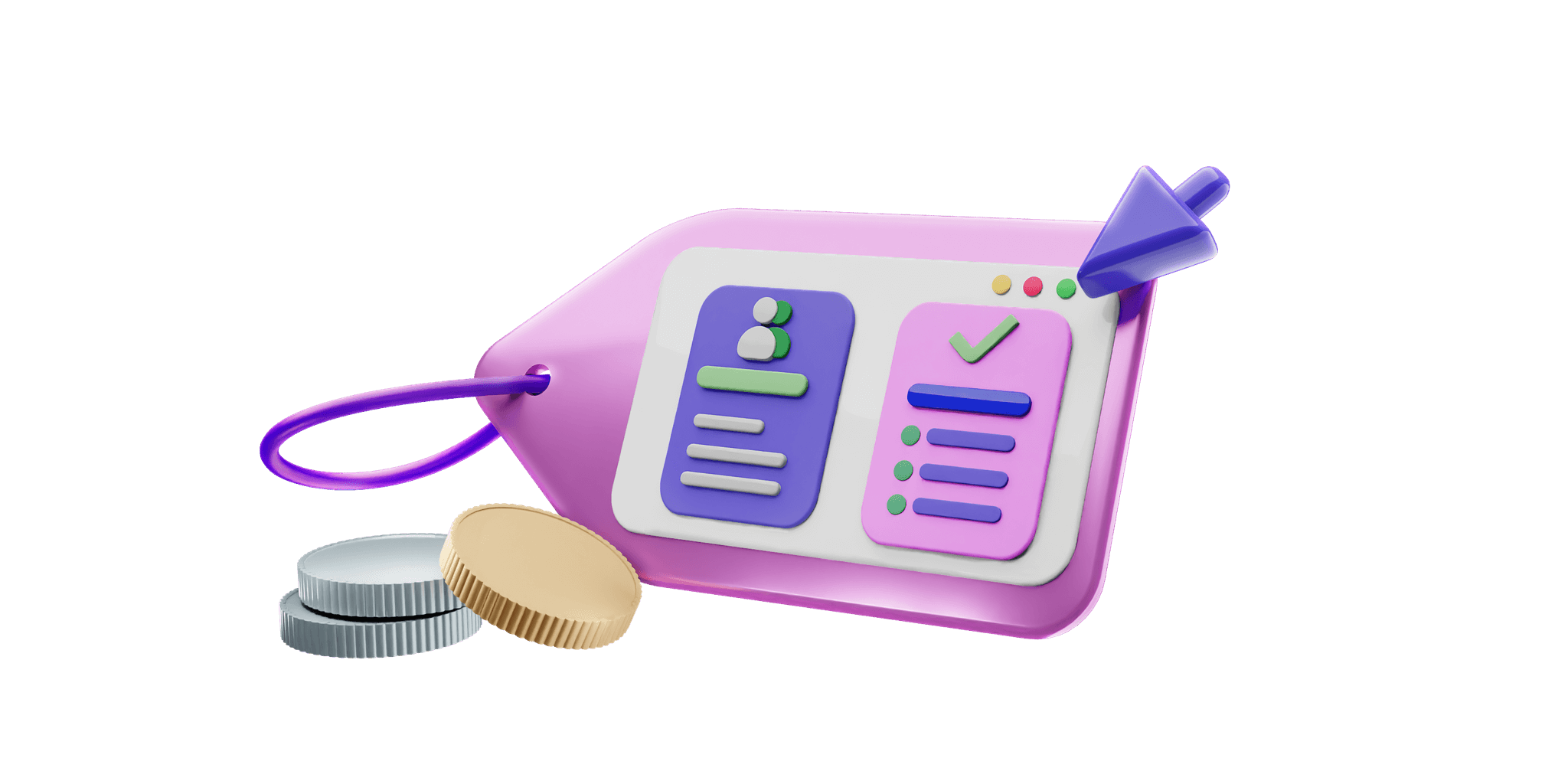How to import data from Trello into Plaky
If you’ve chosen to transfer your data from Trello to Plaky, you’re in good hands. This guide will take you step-by-step through the entire process.
The duration of the import process can vary, depending on the amount of data stored in your Trello account.
Please be aware that you can only migrate one board at a time.
To ensure efficient organization and import of data from Trello files into Plaky, the process is divided into 6 clear steps. These steps streamline the process and facilitate a smooth transition of data from one platform to another, enhancing overall efficiency and organization.
Table of Contents
Step 1: Prepare for export
Before you start the transfer process first you need to export your data from Trello boards.
Every board member can export a board to raw JSON format, which is useful for technical purposes but not easily readable by humans.
In Trello Premium Workspaces, boards can be exported to CSV format, which can be opened in any spreadsheet program for easy viewing and editing.
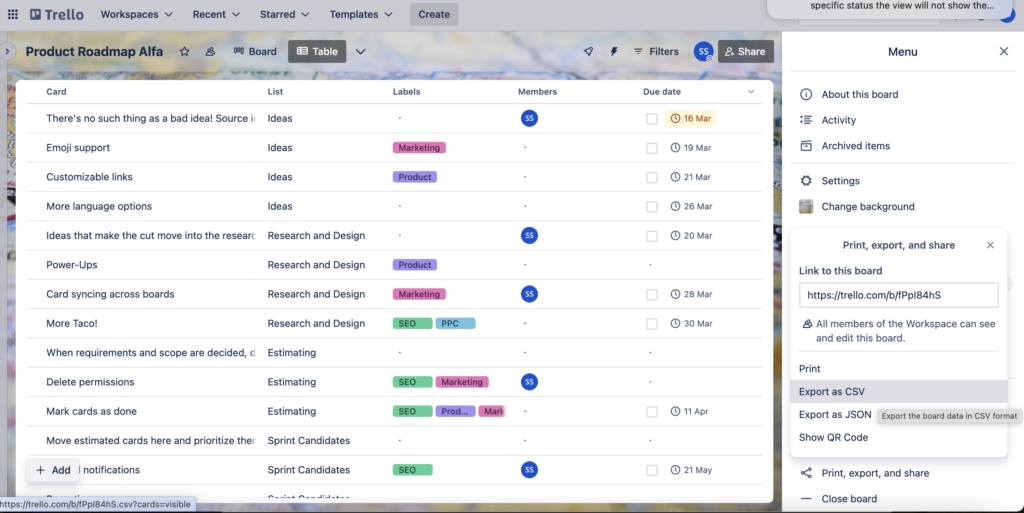
Once you’ve exported your board, move to step 2.
Step 2 Import data into a new or existing board
Initially, you need to determine whether you want to import the data into a new board in Plaky or an existing one.
For a new board:
- Go to the top left corner and find the Space menu,
- Click on +Add,
- From the dropdown, select New Board,
- Opt for Import from CSV,
- Click Create from file,
- Choose the file to import,
- Click Open for the file to be uploaded
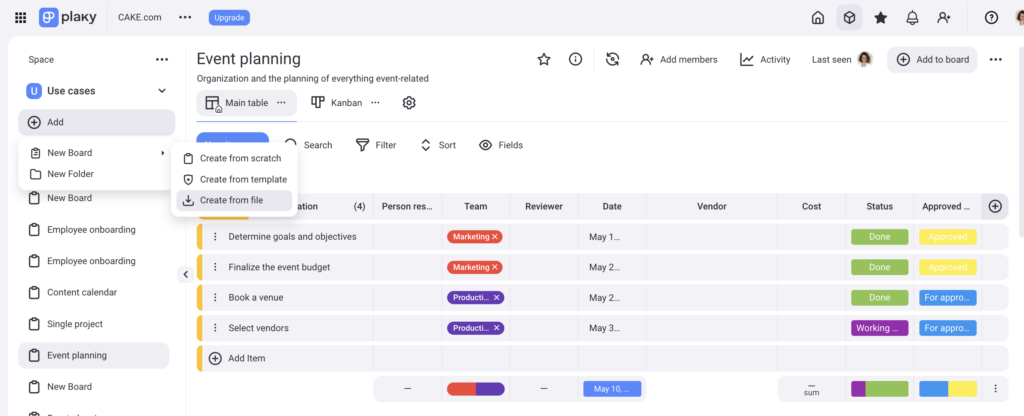
For an existing board:
- Click the three dots … in the top right corner to open the Board menu,
- Select Import from CSV,
- Select a file to import,
- Click Open for the file to be uploaded
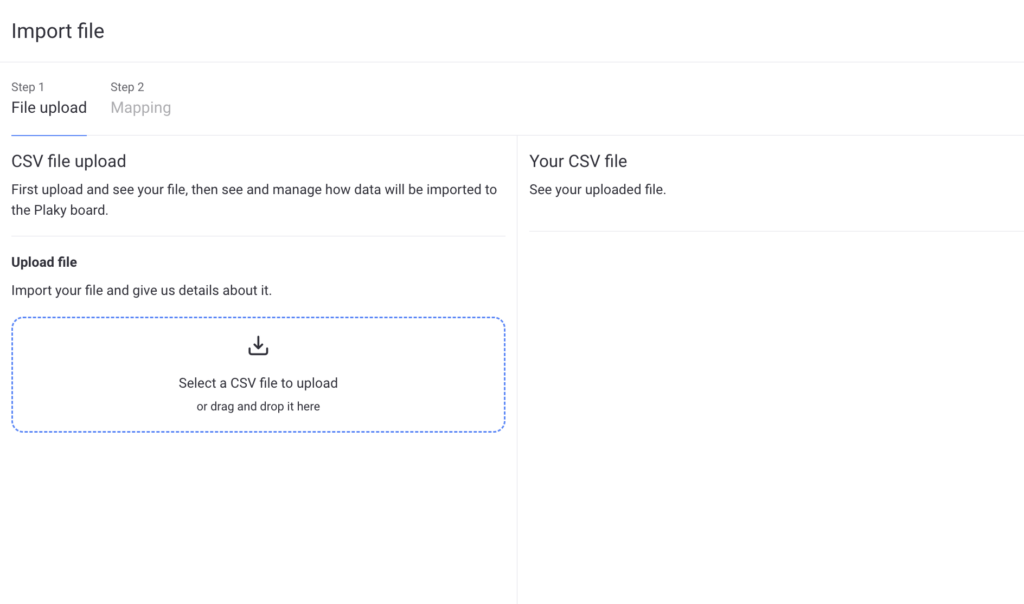
Step 3: Generate the table
Upon uploading the file, a table will be generated on the right side of the modal, displaying the contents of the CSV file. Verify if you’ve selected the correct CSV file with a quick check.
Take note that Plaky uses a comma as the default delimiter, but you can change it to a tab, pipe, space delimiter, or semicolon based on how your CSV file was created.
Additionally:
- Pick the delimiter from the dropdown,
- Indicate if there are headers in the file, and
- Select the column that defines the item name.
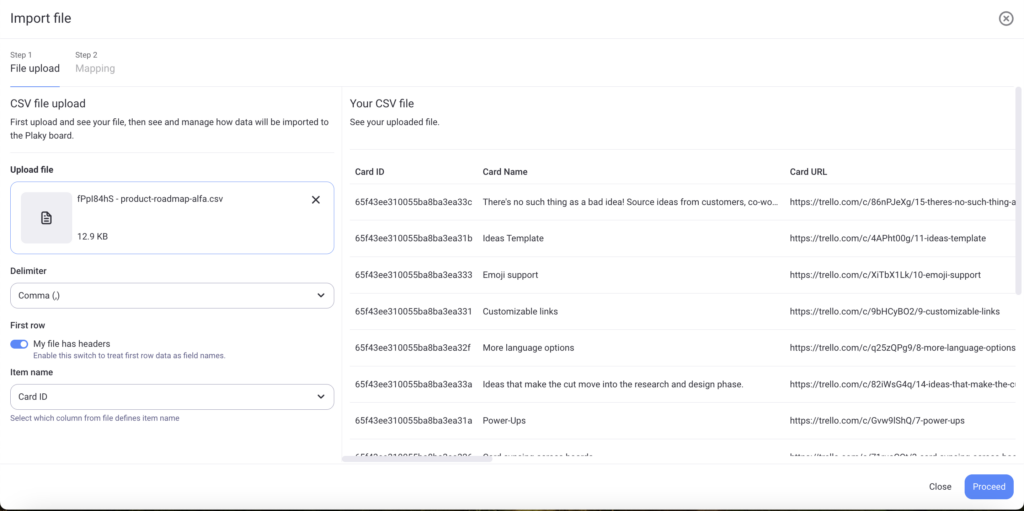
Step 4: Map your board data
Now, pick where your items will go and match columns from the file to fields in your Plaky board.
Select the desired destination group
- An existing group (select from the dropdown menu)
- A new group (enter the name)
Define item names
Specify the field from the CSV file that defines item names.
For every CSV column, choose the corresponding board field type from the dropdown menu. You can either select an existing field, create a new one, or opt not to map the column at all.
Once you are sure you’ve defined the basic info about your CSV, you can move to the next ste, which is to proceed with the import.
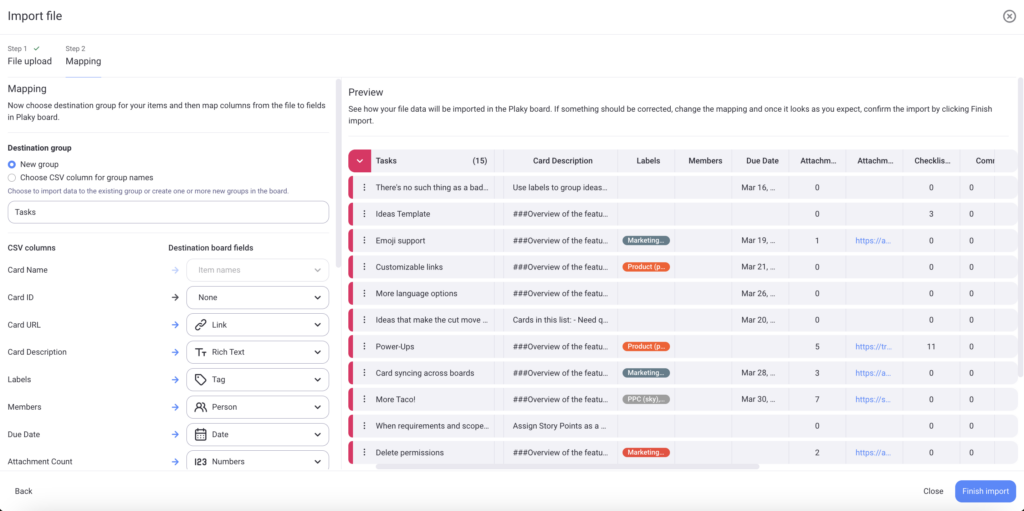
Note:
CSV columns are automatically mapped to existing fields if the name is the same.
Unmapped columns will be lost, and mapping for columns used for task name and group name cannot be changed.
Unmapped columns will be lost, and mapping for columns used for task name and group name cannot be changed.
If the CSV file contains more columns than the limit allows, the initial set of columns will be mapped by default, and additional columns will be disabled until their destination field is changed to None.
Let’s explore the limitations and what occurs when these boundaries are exceeded. The current constraints include:
- File Size — limited to 10 MB; files larger than this won’t be uploaded.
- Number of Rows — The import limit is set at 1,000 rows, and if the CSV file contains more than 1,000 rows, only the first 1,000 rows will be imported.
- Number of New Groups — Currently at 18 (corresponding to colors) + 1 for a new group. If you’re importing item groups from a column, we’ll import up to 18 distinct ones and allocate the remainder to a new group.
- Number of Statutes: Capped at 18. If you attempt to import more than 18 statutes, we’ll import up to 18 different ones and assign the rest to the default status.
- Character Limits: If the item/group name or attribute value exceeds a maximum of 255 characters, the backend will truncate it to 255 characters to allow the user to proceed to the second step or complete the import process.
- Limit of fields: We’ve set a technical limit of 70 fields per board to maintain optimal performance and stability.
Note:
Adding users in the Person field — before users can be recognized through either email or name, it is essential that they already exist in Plaky. This prerequisite ensures a proper basis for user identification.
Step 5: Finalize the import
Review the mapped columns and ensure all necessary configurations are in place. Then, click “Finish Import” to complete the data import action.
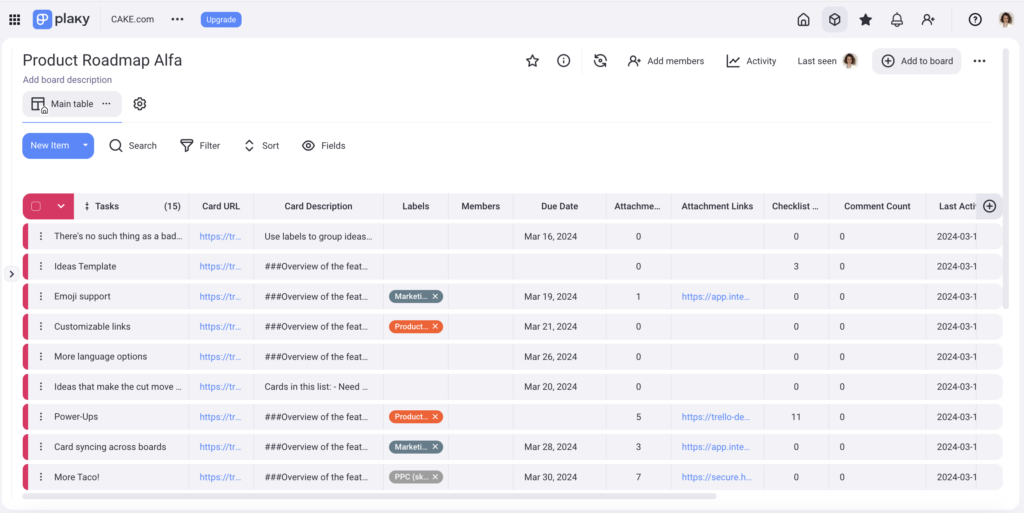
Tip:
If you’re done with your import and are ready to move stuff around, take advantage of our Bulk edit feature and save some time.
Support
If you happen to encounter any issues or you simply need support, don’t hesitate to reach out to our team available 24/7. They’re here to assist you with anything you need.

